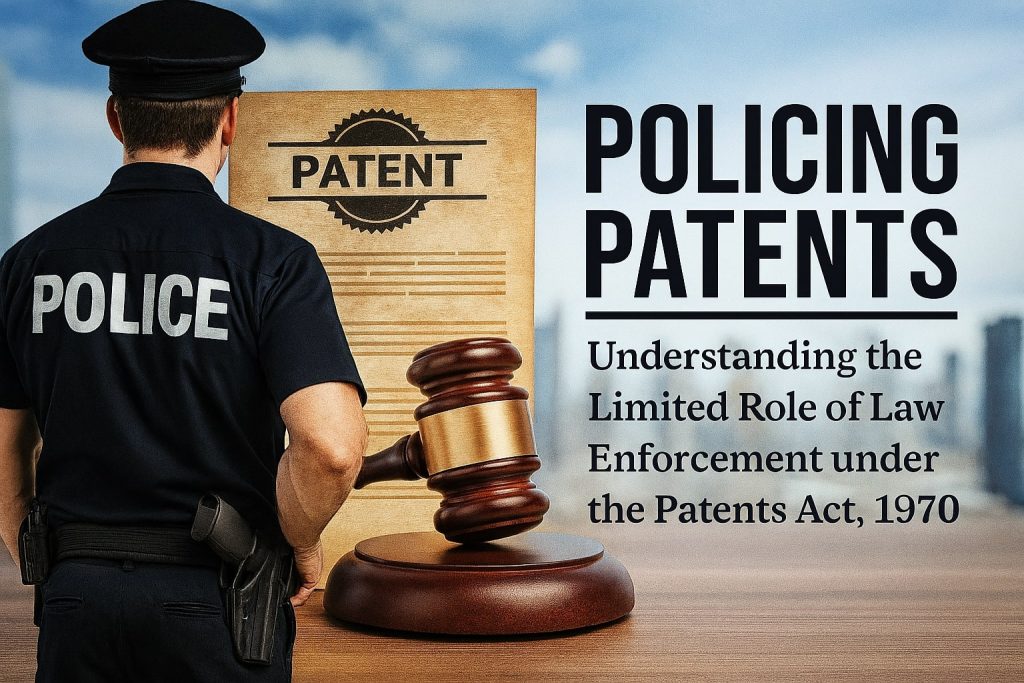What Is a Patent?
A patent is an exclusive legal right granted by a government to an inventor or assignee for a fixed period (typically 20 years from the filing date) in exchange for the public disclosure of the invention. It legally prohibits others from making, using, offering for sale, selling, or importing the invention without the patent holder’s permission.
To be granted a patent, the invention must satisfy three criteria: it must be novel (new), involve an inventive step (non-obvious), and be capable of industrial application (useful).
For example, a patent might be granted for a completely new drug molecule (like Aspirin), a unique manufacturing process (like the Bessemer process for steel), or a novel mechanical device (like the original zipper mechanism).
What Constitutes Patent Infringement?
Patent infringement occurs when a third party, without the patent owner’s permission (license), makes, uses, offers for sale, sells, or imports the patented invention or a product utilizing the patented process within the territory where the patent is valid and enforceable.
A patent dispute is the legal or administrative disagreement that arises when the patent owner formally alleges infringement, and the alleged infringer either denies the claim, challenges the validity of the patent itself, or seeks a declaration of non-infringement.
For example, if Company A holds a patent on a specific drug formulation, and Company B manufactures and sells a generic version of that drug using the same formulation without Company A’s license, Company B is committing infringement, leading to a patent dispute, usually settled in a civil court.
Can Police Act on Patent Infringement?
Unlike in some jurisdictions where willful patent infringement may attract criminal liability, Indian law maintains a clear civil-criminal divide. The role of the police in patent disputes in India is strictly limited because patent infringement is fundamentally treated as a civil wrong (tort), not a criminal offense. Unlike Trademark or Copyright law, the Patents Act, 1970, does not grant police the suo motu (on their own initiative) power to investigate or arrest for simple infringement.
Civil Courts: The Primary Forum
The patent holder’s primary and most effective legal recourse is to institute a Civil Suit for infringement in a competent High Court or District Court. The relief sought includes injunctions, damages, and accounts of profits (Sections 108 and 110).
A key distinction emphasized by courts is the lack of a criminal component for patent infringement itself, which mandates the civil route.
When Police Get Involved: Court-Ordered Assistance
Police involvement is reactive and occurs only when explicitly ordered by a Civil Court to provide assistance in executing judicial mandates.
- Anton Piller Orders (Local Commissioner Proceedings)
The most common point of police interaction is the execution of a search and seizure order, often referred to as an Anton Piller Order (after the UK precedent). Here, the court appoints a Local Commissioner (LC) to visit the infringer’s premises without notice to secure evidence.
- Police Role: The court may direct a police officer to provide security and ensure the court’s order is carried out peacefully. They do not initiate the search or seizure.
- Case Law: Courts have consistently affirmed this mechanism to prevent the destruction of evidence. In cases like Bayer Corporation v. Union of India, the courts frequently permit the appointment of Local Commissioners with police assistance to execute injunctions and seize infringing goods, recognizing that the police are necessary to ensure the effective operation of the civil remedies provided under the Patents Act.
- Enforcement of Injunctions
If the court grants an interim or permanent injunction stopping the infringing activity (e.g., Merck Sharpe and Dohme Corporation v. Glenmark, where the Supreme Court granted a permanent injunction), the police may be directed to ensure the defendant’s compliance with that prohibitory order.
Criminal Offences Under the Patents Act
The Patents Act contains a few criminal provisions (Chapter XX, Sections 120-123), but these relate to deceit and misrepresentation concerning the patent status, not infringement of the invention.
- Examples: Falsely representing an article as patented (Section 120) or wrongfully using the words “Patent Office” (Section 121).
- Cognizability: These offenses are generally Non-Cognizable and Bailable, meaning the police cannot register an FIR or make an arrest without a Judicial Magistrate’s order.
Why Patent Infringement Isn’t a Crime
The difference between Patent and Trademark/Copyright law, regarding criminal action, was highlighted in the case of Lupin Ltd. v. Johnson and Johnson (2014), where the Bombay High Court noted that the legislature consciously provided express criminal provisions in the Trade Marks and Copyright Acts, but omitted them from the Patents Act, underscoring the intent to primarily pursue patent infringement through civil action.
Conclusion: Civil First, Police Later
For direct patent infringement, police have no independent role. Action must be initiated through the Civil Court, which may then mandate police assistance. For the minor criminal offences under the Act, police involvement requires a direct order from a Judicial Magistrate, reflecting the Act’s clear emphasis on civil remedies.






